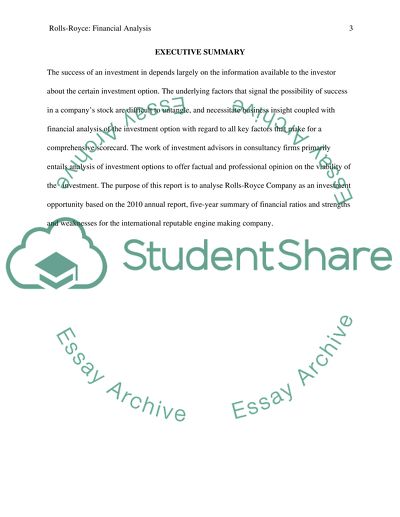Cite this document
(“Rolls-Royce:financial analysis Essay Example | Topics and Well Written Essays - 2750 words”, n.d.)
Retrieved from https://studentshare.org/finance-accounting/1395294-rolls-roycefinancial-analysis
Retrieved from https://studentshare.org/finance-accounting/1395294-rolls-roycefinancial-analysis
(Rolls-Royce:Financial Analysis Essay Example | Topics and Well Written Essays - 2750 Words)
https://studentshare.org/finance-accounting/1395294-rolls-roycefinancial-analysis.
https://studentshare.org/finance-accounting/1395294-rolls-roycefinancial-analysis.
“Rolls-Royce:Financial Analysis Essay Example | Topics and Well Written Essays - 2750 Words”, n.d. https://studentshare.org/finance-accounting/1395294-rolls-roycefinancial-analysis.


